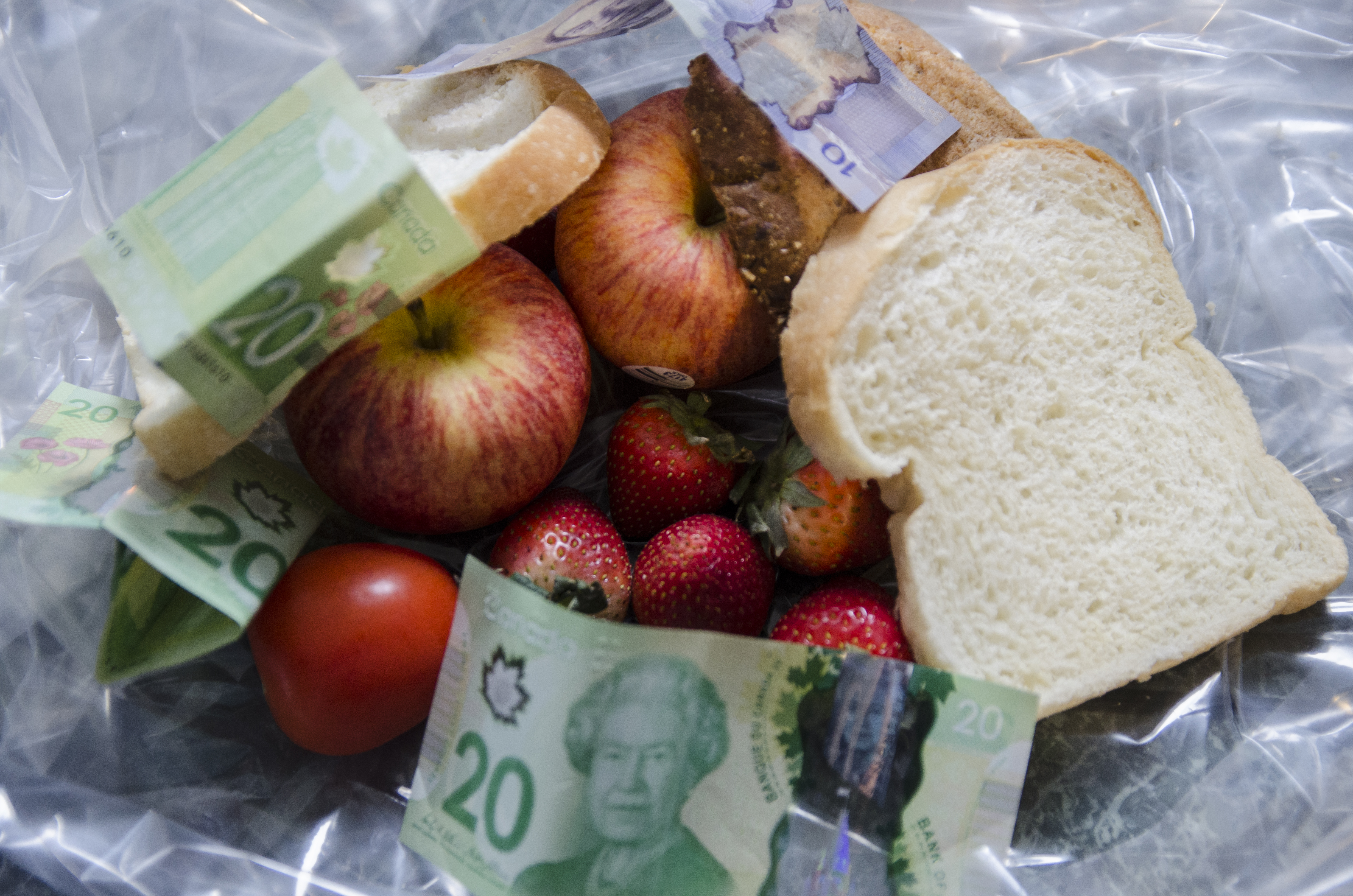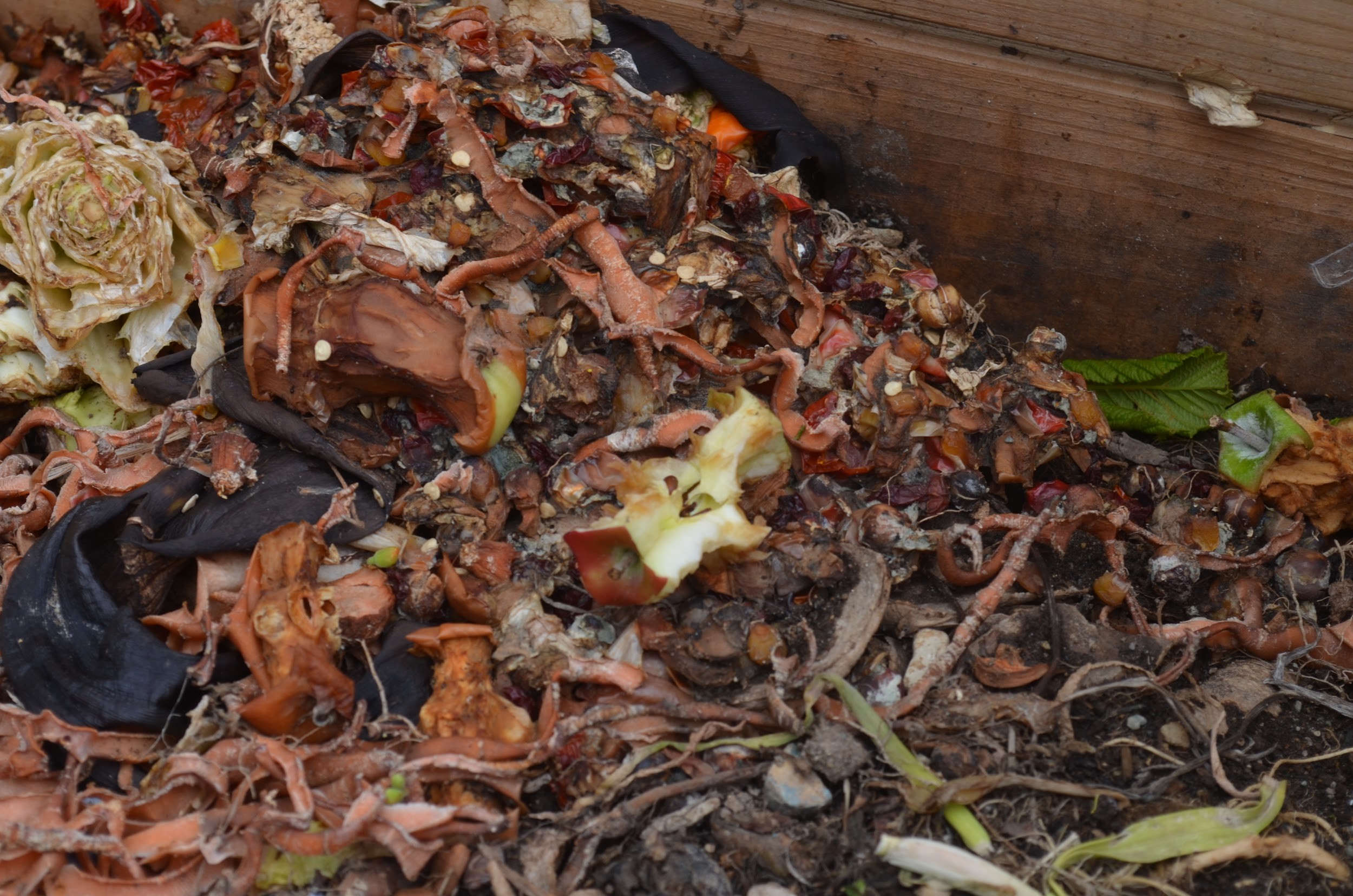Waste Age
CNA Student Journalists
Share Article
CNA student journalists team up and dig their teeth into the issue of food wastage.
Canadians love to eat, but what happens to uneaten food is hard to digest.
Simply put, Canadians lose and waste too much food.
According to the Food and Agriculture Organization of the United Nations, food loss occurs either at the production level or along the distribution chain; food waste occurs at the retail, restaurant or consumer level.
In this series, we'll refer to both food loss and food waste as food wastage.
Either lost or wasted, food wastage a problem that costs Canadians billions of dollars, contributes to global climate change and deprives the country's poor much needed sustenance.
Over the course of six weeks, Kicker took an in-depth look at food wastage. Here's a summary of what we found.
The politics of waste
Here in Canada, food wastage is a country-wide problem costing $31-billion annually. It is estimated that each Canadian wastes an average of 170 kilograms of food each year – roughly the weight of a male woodland caribou. Recently, Canada signed a United Nations pledge to halve food waste in the country by the year 2030. As Adam Pike reports, both the federal and provincial government, as well as various public institutions, have begun formulating strategy to meet this goal.
Addressing the source
One-third of all edible food is eventually wasted in the country, and St. John’s is no exception to this national shame. So, what exactly is being done in our community to combat it? Emily Lyver sought to find out, speaking with city councillors and an agricultural specialist about the feasibility of a curbside composting program, as well as a local non-profit organization about tackling food waste at the source.
Economic impact
Newfoundlanders and Labradorians are leading the way among Canadian provinces in over-acquiring food, which leads to food wastage. Residents of this province are buying 13 per cent more groceries than the average Canadian, according to the Conference Board of Canada.
Canadians do not value food as much as they did 40 or 50 years ago, according to economics expert Martin Gooch, CEO of the data collection firm Value Chain Management International. Forty to 50 per cent of disposable income was spent on food in those years, compared to today, when we only spend 10 per cent.
As Mike Moore reports, some residents in Newfoundland and Labrador are turning to alternatives such as the zero waste movement - that is, to reduce food waste, plastics and consumer products in an effort to produce exactly zero waste.
Cultivating solutions
When it comes to food production, one would think there are many opportunities for food to be wasted.
Erica Yetman had the opportunity to speak with various farmers on the island, including Susan Lester from Lester’s Farm Market, and found that the majority of food wastage happens after the produce leaves the farms.
Distribution and storage
Once food is produced, it must be transported to a retailer. Newfoundland and Labrador's isolation from the rest of Canada creates unique challenges, especially when it comes to receiving our food.
According to Food First NL, 90 per cent of the island's produce is imported. This means that ample amounts of our food spend long hours in the back of a truck and on the water. As Beth Penney found out, timely transit and proper storage are the best means of combating food wastage between the farm and the retailers.
Supermarket shortcomings
Upon arrival at a retailer, food is placed on the shelves and awaits a consumer to purchase it. But what happens to the food that doesn’t find its way onto someone’s plate?
All major grocery retailers within St. John’s were investigated for food waste, including Costco, Dominion, Sobeys, and Colemans.
Arthur Green and a local man from a poor neighbourhood were shocked at what was uncovered from two dumpsters at one local grocery chain.
Consider composting
Of all the sources of food wastage, the individual consumer bears the greatest blame.
Forty-seven per cent of all food waste is generated by consumers who buy too much food, forget it in the back of the fridge, do not compost it or carelessly throw it away.
Meal plans, cooking with leftovers, composting and public education campaigns are among the possible solutions at the consumer level, Kicker reporter Josh White found.
Empty bellies
Although many people are able to fill their bellies to the brim with food, many others cannot. Jessie Dobbin spoke with Dave King, a man who relies on food banks, the kindness of others and dumpsters for his meals – yet, he still doesn’t get enough to eat. Though there are many places where people can get their food, there is much more to be done in order to solve the problem of hunger.
Food's final resting place
But not all food ends up eaten. Much of it ends up at the local dump. When wasted food is put in a landfill, it decomposes at an extremely slow rate and releases toxic leachate that can pollute areas of water and emits the greenhouse gas methane, which is estimated to be 23 times more potent than CO2. As Victoria Plowman reports, Newfoundland and Labrador is among the few provinces absent of a composting program. She spoke with Ian Duffett about the solutions the government has been working towards, as well as Chris Peters, a teacher at St. Bonaventure’s College in St. John’s, who explains how teachers and students are working together to reduce food wastage.
Update: N.L. not ready for app designed to solve world hunger and food waste
Jan. 24, 2019. While the app Copia has helped connect food donors with food banks in major cities across North America, St. John's is not ready.
As Ashley Sheppard reports., one food bank manager says current laws and a lack of resources among food banks makes adopting such new approaches difficult.




Be the first to comment